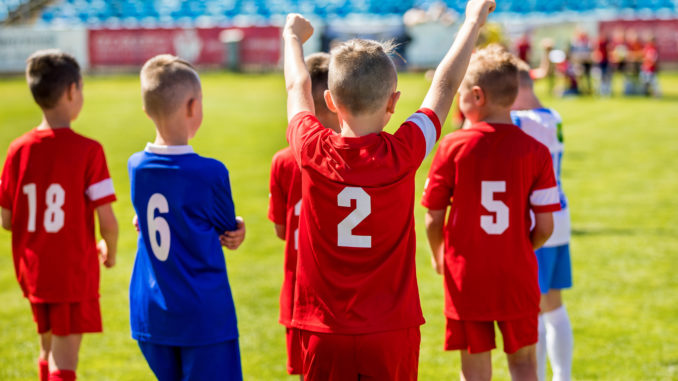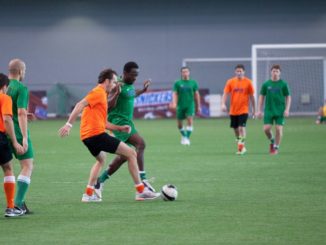
Leadership has been called the most studied and least understood topic of any in the social sciences. Leadership is the process of providing direction, energizing others, and obtaining their voluntary commitment to the leader’s vision. A leader creates a vision and goals and influences others to share that vision and work toward the goals. Leaders are thus concerned with bridging about change and motivating others to support that vision to change. As scholars state, “management involves coping with complexity, while leadership is about coping with change.”
Leaders can be found at all levels of a sports organization, but not all immediately stand out from the crowd. Different situations, different cultures, different organizations, at different moments in their life, call for different characteristics and require different skills in a leader. A young person may be terrific at exercising leadership in his/her volleyball team, yet be awful in exercising leadership in another environment. This happens all the time. Some terrific young sports leaders exercise no leadership in their school projects or in other typed of clubs they may belong at the same time, not just because they choose not to, but also because they do not know how. Those other settings have different set of norms, different authority structures and different sets of adaptive challenges that the kid may be unfamiliar with.
On the other hand, power is the ability to influence the behavior of others. Regardless of their age, leaders exercise power and effective leaders know how to use it wisely. The types of power used by a young leader reveal a great deal about why others follow that child. One of the most useful frameworks for understanding the power of leaders was developed by John French and Bertram Raven. They identified five types of power: legitimate, reward, coercive, referent and expert power.
But apart from the different forms of power that leaders can use, there are several different characteristics that describe how effective young leaders influence others. These characteristics have been put into four categories of models: traits, behavioral, contingency and transformational. There is no single or simple answer to which style of leadership works best. Fifty years ago, trait models of leadership were popular. Gradually, as evidence accumulated, traits models were replaced-first by behavioral models and then by contingency models. Currently, the transformational model has many supporters, reflecting efforts of many leaders to transform outdated forms of organizations into more competitive ones. Traits models are based on the assumption that certain physical, social, and personal characteristics are inherent in leaders. According to this view, the presence or absence of these characteristics distinguishes leaders from non-leaders. Some of the key traits are physical, social background and personality traits. There is some common sense supporting the notion that effective leaders, young or older, have certain traits. However research hasn’t proved that traits consistently separate potential leaders from non-leaders. For example, the physical characteristics of a young baseball athlete don’t necessarily correlate with his ability to excise successful leadership later in his life; they relate only to perceived leadership ability.
Summing up, as today’s world pace speeds up, the leadership styles applied during the previous century, or even twenty years ago, differ substantially from the ones needed to be applied today or in 2020. To illustrate this, consider the young members of a school baseball team who if unwilling and unable to perform, the school coach will then definitely have to follow the autocratic leadership style. As long, though, as the coach applies appropriate motivation and training techniques, the young subordinates gradually become willing and able. Hence the situation is changing. This denotes that the leadership should also evolve from the autocratic towards the democratic style. In a few words the leadership style should “comply” with the evolution of the outstanding situation. As the example illustrates, sports organizations, especially those that involve children, must confront the future and learn from past practices by continuously adapting to the new instruction programs that evolve.
Proudly WWW.PONIREVO.COM
Source by Jonathon Hardcastle



